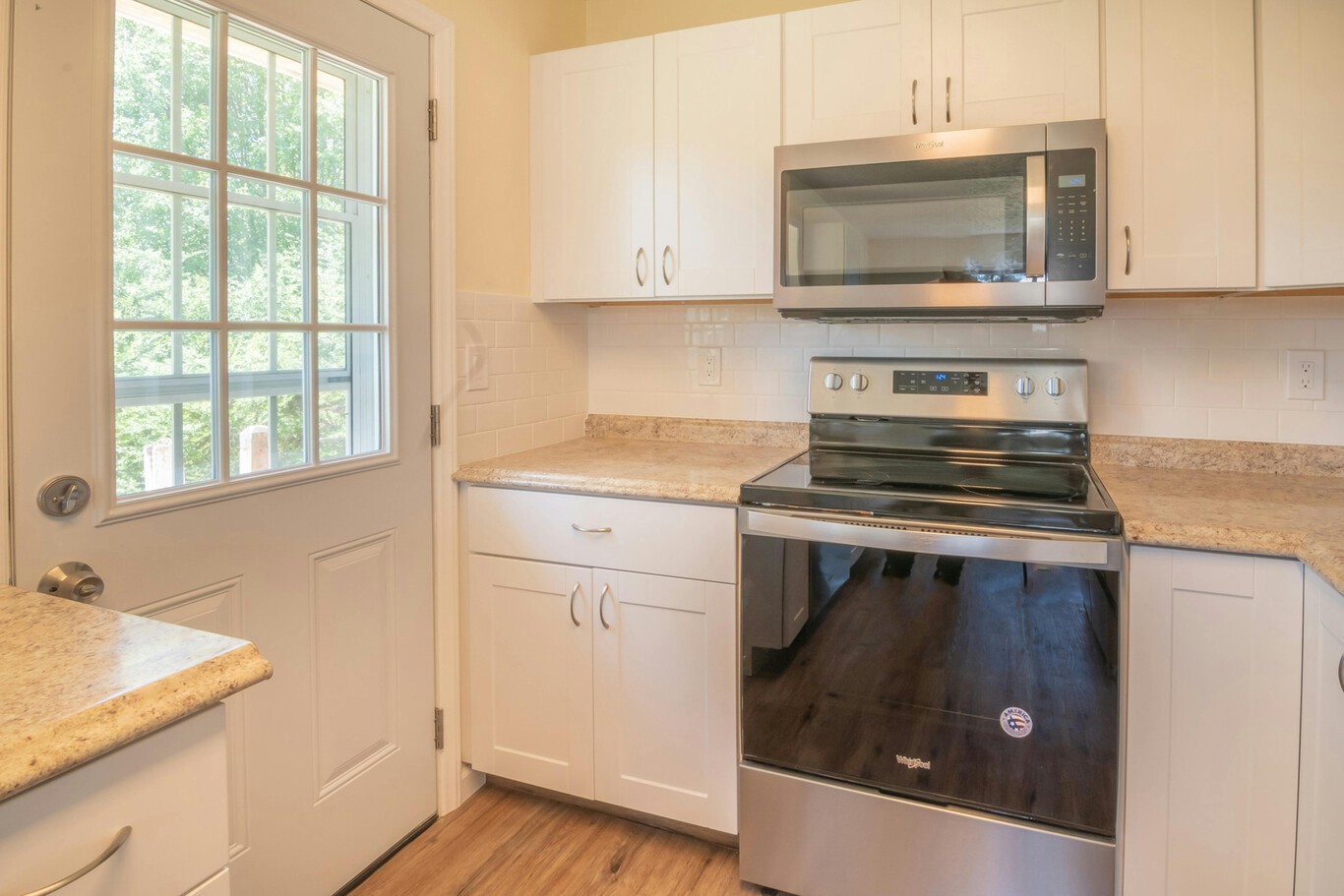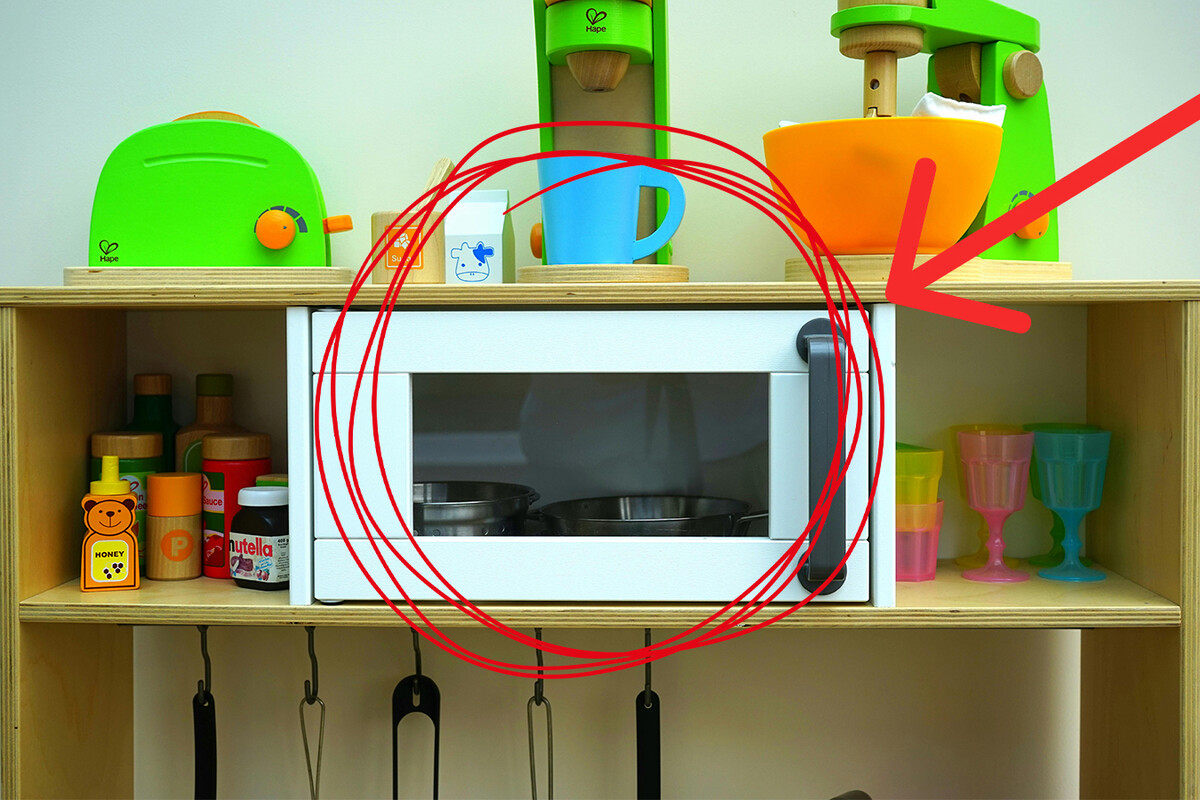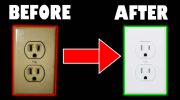For years, there has been an appliance that has been a feature of our kitchens, making them easier and helping us to reheat food without dirtying lots of pans. It is the microwave.
However, this appliance is becoming less and less necessary and now experts have an ideal replacement for the microwave which, according to them, is more efficient and can be more versatile: the combination oven, or convection oven.
What is the combination oven?
The combination oven, or convection oven, is a piece of kitchen equipment that allows, within the same cooking chamber, the processes of steam cooking, forced convection and dry heat to be carried out. In fact, it can combine several of these options for better results.
Thanks to its versatility, it has many options when applying the most suitable cooking environment for each group of foods, in addition to other features such as regeneration, dehydration, fermentation processes and machinewashing. Another important aspect is that it has “draft” valves, which allow the relative humidity of the cooking chamber produced by the food itself to be controlled when there is no steam supply.
Another part of its results are due to its powerful fans, as well as the possibility of generating steam. This is achieved through its boiler or directly by spraying water onto the fan. It is also equipped with powerful lighting elements that make it easier to supervise your meals.
What is a microwave oven?

The microwave oven is an appliance used in the kitchen to heat food and it works by generating electromagnetic waves. In fact, its name comes from the microwave radiation it uses to operate.
Microwaves are electromagnetic waves, the result of the interaction of electric and magnetic fields, which propagate by transporting energy from one place to another. The appliance works by using electromagnetic waves with a frequency of 2.45 gigahertz, which is equivalent to two thousand four hundred and fifty million oscillations per second and has a wavelength of about 12 centimeters.
Despite this, don’t worry, because the radiation used in these devices is low enough to prevent it from being harmful to the people who use it. These frequencies are in the UHF waveband, which stands for ultra high frequency.
What are the differences between a microwave and a convection oven?

Having looked at the features of each appliance, it is now time to look at the most significant differences between the microwave oven and the convection oven.
- Functions: While the main function of the microwave is to heat food quickly and efficiently, the convection oven can heat food, its design incorporates heating elements and a fan, allowing it to cook, roast, bake and brown, so it could be said to be more versatile.
- Capacity: Convection ovens have a wide range of ways to cook and heat your food, depending on the model, while microwaves are limited to heating liquids, defrosting food and reheating previously cooked dishes.
- Cooking time: This is an area where the microwave dominates. It is known for its speed in heating and reheating food, making it an option for those who are always pressed for time; while the convection oven offers more efficient and even cooking, albeit in much longer times.
With this in mind, it is true that a convection oven can do the same tasks as a microwave, although with some differences such as the time required for its tasks or the cooking it can achieve.









